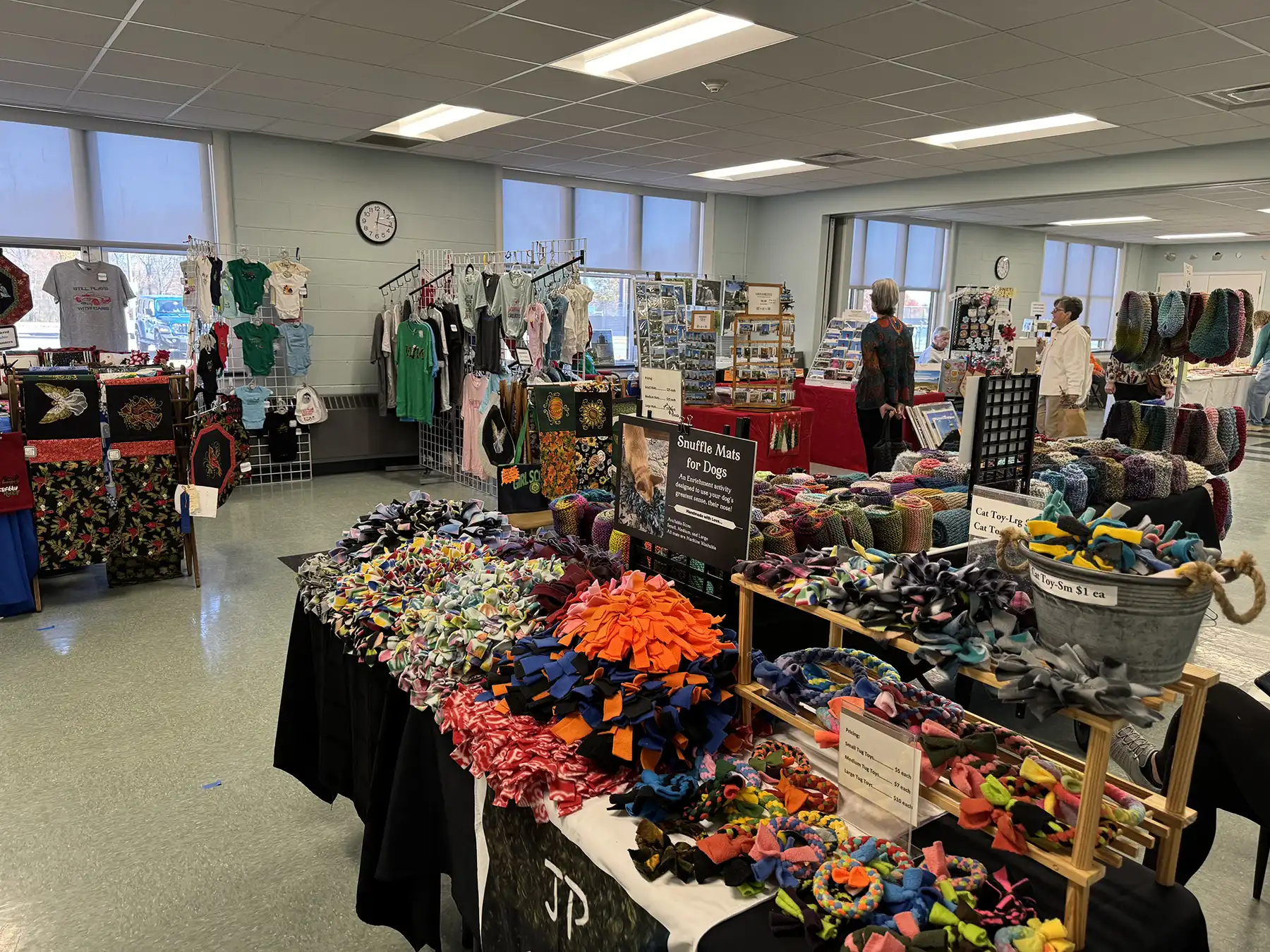History Corner: And The Women Were There...

As the month of March winds its way down, I can’t miss the opportunity to honor the month for women. It seems that we honor many people and ideas in the months in a year so I will look into the lives of some of the women who have passed through our town in the last two centuries. We just celebrated our 200th year, with accomplishments of our citizens, fun, games, picnics, concerts and even a Revolutionary event at the Bryan-Andrew house.
But what about the women of our town, a town with three names, North Milford, Bryans Farms and Orange. We are a town, but in 1907, we almost became a city. Phew. What we love about Orange is its rural nature and in our History of Orange, Mary Woodruff writes about the farmers and when walking through the cemetery, we saw that there were wives of those farmers. So? What did they do...according to Mary’s book, the women of the town were mostly modest, retiring busy housekeepers; but how did she know that?
Weren’t any of the women out in the fields, tending the animals, mucking the stalls? Yes, they were. There exists, in a family collection, letters from Everett Clark and Stiles Woodruff, who were serving in the Civil War. Letters of love and caring included such comments as taking care of the horses, making sure hay was provided and other concerns they had while away from their farms...farms with seeds, seeds that could be grown and sold...yes, both Clark and Woodruff came home and started the now famous Orange seed farms I have written about previously.
The women? They kept the farms going...Now, we see reruns of Little House on the Prairie and as entertainment it has its place, but it also proves that women were not modest and retiring and what makes us believe that our women were not just as productive as those we see on television? We need to remember Charlotte Clark and Elizabeth Woodruff as sisters-in-law being anything but retiring on their farms as they waited for their husbands to return from the war.
Life was not easy but we can’t make the assumption that there was no levity in the lives of our women as Mary writes about the ladies of the Congregational Church holding a fair at the house of Dennis Stone in the middle of the 19th century. I quote “it is a most awful whiggish place but the women are pretty and compound capital cake.” End of quote. The sad part of the early days was the loss of the children, many at an early age from disease and medical conditions not able to be properly treated.
One of the cemetery stones that the women of the Orange Historical Society have cleaned is Tenty Treat. In our cemetery tour last fall, we pointed out her stone and her interesting name, but we know, from research, her name was actually Content, named after her mother. What is not generally known is that previous to her birth was a child also named Tentee buried after 2½ years in Milford with the stone spelling differing from that of her sister. The reason for Milford? The cemetery in Orange was consecrated in 1804 and Tentee passed away in 1794.
Spelling seems to have been a low priority in the case of our Tenty since her stone has been replaced due to a truck plunging its way through the front section of the cemetery. We will be giving tours throughout the summer and you will notice that her husband’s name on her stone is missing the “L” giving the visitor the idea she had two husbands. No, our gal Tenty was married to Leverett Treat.
Life was indeed a challenge but on two of the stones, in the front section of the cemetery, it tells of a loving relationship between two sisters. Almost touching, the stones read “In Memory of Sarah Treat wife of Rev. W. W. Belden and In Memory of Lucy, wife of Everett Clark(e). Each died very young, 22 years and 23 years respectively, 4 years apart. These young women didn’t get a chance to make their way through life, but Sarah’s stone reads, “Here sleep two sisters. Loving and pleasant in their lives in death they were not divided.”
Lucy’s is much more tragic if one reads into the following: “She died as fair ones often die when bridal flowers spring around their pathway but to deck their graves.” Alas, Lucy and Everett were married in January of 1847 and she passed away in August of that year of consumption, in today’s terms, tuberculosis.
In going further to the history of Sarah, she was married for 4 years and her death was caused by dysentery...sad endings to two women who were, for a brief time, part of the fabric of Orange. Within this research we found that the two sisters are buried next to their parents, Leverett and Tenty Treat.
For women to live longer lives was not a given, but we had such a woman who held her job for fifty years! She was none other than Mrs. Mary Pardee and her job? Gate keeper at the toll gate near Maltby Lakes. The best known to the older residents was Miss Fannie Beardsley who lived in the house beside the toll-gate with her grandmother. She was wise in her duties and was somewhat skeptical when the young men claimed they were going to meeting because she doubted that they had prayer meeting every night in New Haven. Does this make sense? It does if I tell you that the toll was exempt for public worship.
We did have our share of women who, shall we say, were not as good as they could be...at the Academy, we have copies of arrest warrants, on display, for a few such women who thought that stealing butter was easier than churning it. We have already written about Mrs. Ira Clark and her affair with the handyman. The drudgery and physical labor required of the 19th century woman was of such a nature that we can hardly comprehend it. What we now consider a necessity was not even imagined in our town.
For a final thought, let’s look at Mrs. Nathan Bryan’s and Mrs. William Andrew’s households as written in their husbands’ inventory that accompanied their wills...just imagine for a moment washing by hand, the following: blankets, quilts, fine sheets, homespun sheets and pillow cases for the beds of eight children, britches and dresses for 8 children, platters both wooden and pewter, tankards, kettles, iron pots, knives, forks, jugs, pitchers, wooden bowls, cloth tablecloths, napkins, fry pans, a tin oven and, and lest we forget, the candle and soap making every month. But all in all, the early women of North Milford, Bryans Farms, and Orange were good examples of the women that helped to shape the town and can we do any less?
Follow us on www.orangehistory.org.









